Summary:
ChatGPT, developed by OpenAI, is revolutionizing education by offering personalized tutoring, self-paced learning, and improved language skills. The blog explores its diverse applications, presents case studies, addresses ethical considerations, and envisions a future where AI, led by ChatGPT, democratizes education for a more accessible and tailored learning experience.
Introduction
ChatGPT, developed by OpenAI, is a powerful language model that has the potential to revolutionize education. Leveraging its advanced natural language processing abilities, ChatGPT comprehensively comprehends and addresses human language. This positions it as a perfect instrument for tutoring, learning, and assessments, facilitating personalized and interactive educational encounters. The ChatGPT developers continue to enhance their capabilities, ensuring their potential to positively impact education is realized to the fullest extent.

The Role of ChatGPT as an Educational Tool

ChatGPT exhibits great versatility as an educational tool, offering a spectrum of applications. It serves as a platform for delivering personalized tutoring, aiding self-paced learning, improving language skills, and promoting collaboration. Moreover, ChatGPT can also function as a tool for developing interactive learning modules, conducting assessments, and creating diverse educational resources.
Applications of ChatGPT in Education
Here are some specific examples of how ChatGPT can be used in education:
- Personalized tutoring: ChatGPT can be used to provide students with personalized tutoring on a variety of subjects. ChatGPT can tailor its instruction to the individual needs and learning style of each student.
- Self-paced learning: ChatGPT can be used to support self-paced learning. Students can use ChatGPT to get help with their homework, clarify difficult concepts, and practice their skills at their own pace.
- Enhancing language skills: ChatGPT can be used to enhance students’ language skills. Students can use ChatGPT to practice their reading, writing, and speaking skills in English or other languages.
- Distance and online learning: ChatGPT can be used to facilitate distance and online learning. ChatGPT can provide students with real-time support and feedback, even when they are learning remotely.
- K-12 education: ChatGPT can be used in K-12 education to support students of all ages and abilities. ChatGPT can be used to provide personalized tutoring, enrich the curriculum, and create engaging learning experiences.
- Higher education: ChatGPT can be used in higher education to support students in their academic pursuits. ChatGPT can be used to provide research assistance, help students write essays and papers, and prepare for exams.
- Professional development: ChatGPT can be used to support professional development. ChatGPT can be used to provide training on new skills and technologies, help professionals stay up-to-date on industry trends, and prepare for job interviews.
- Special education: ChatGPT can be used to support students with special needs. ChatGPT can be used to provide personalized instruction, provide feedback in a way that is accessible to all students, and create inclusive learning experiences.
Case Studies and Success Stories
ChatGPT is actively enhancing learning and tutoring experiences across multiple educational environments. Here are a few examples:

- Illustratively, within K-12 classrooms, ChatGPT offers personalized tutoring to students in math and science. Its adaptive capabilities allow it to customize instruction based on each student’s unique requirements, presenting feedback in a clear and easily understandable manner
- At a university, ChatGPT is being used to help students with their research papers. ChatGPT can help students find relevant sources, identify key themes, and develop their arguments. ChatGPT can also help students to edit and proofread their papers.
- In a corporate setting, ChatGPT is being used to provide training to employees on new software and technologies. ChatGPT can explain complex concepts clearly and concisely, and it can answer employee questions in real time.
Addressing Concerns and Ethical Considerations
While ChatGPT has the potential to revolutionize education, there are some potential drawbacks and ethical considerations that need to be addressed.
One concern is that ChatGPT could be used to create deepfakes, which are synthetic media that can be used to deceive people. Another concern is that ChatGPT could be used to impersonate real people. It is important to be aware of these potential drawbacks and to take steps to mitigate them.
Here are some strategies to mitigate ethical concerns and ensure responsible usage of ChatGPT in education:
- Educate students and teachers about the potential drawbacks and ethical considerations of using ChatGPT.
- Develop clear guidelines for the use of ChatGPT in the classroom.
- Use ChatGPT in conjunction with other educational tools and resources.
- Monitor the use of ChatGPT to ensure that it is being used responsibly.
Future Prospects and Innovations
ChatGPT is a rapidly developing technology, and there are many exciting potential advancements and enhancements on the horizon. For example, ChatGPT could be trained to understand and respond to human language in an even more comprehensive and informative way. ChatGPT could also be trained to support multiple languages.
Here are some predictions for the future of AI-powered education:
- Personalized Learning: AI customizes learning experiences for each student, adapting instruction to individual needs and preferences.
- Real-Time Feedback: AI provides instant insights on students’ work, helping them identify strengths and weaknesses to progress effectively.
- Interactive Learning Experiences: AI-driven interactive experiences make learning engaging, enhancing the efficiency and enjoyment of the process.
- ChatGPT and AI in Education: ChatGPT and similar AI technologies democratize education, making it accessible, cost-effective, and efficient for all students.
Conclusion
ChatGPT, a brainchild of OpenAI, stands as a remarkable tool with the potential to significantly impact education. Its versatile applications span personalized tutoring, self-guided learning, language improvement, and aiding students with special needs. By collaborating with ChatGPT developers, one can actively contribute to shaping the educational landscape by integrating AI tools, thus creating captivating and tailored learning experiences. The integration of ChatGPT and AI technologies promises to make learning more affordable, accessible, and promising for a better future in education.
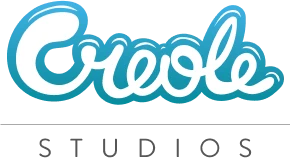

 Lets Talk
Lets Talk 




 Email Us
Email Us 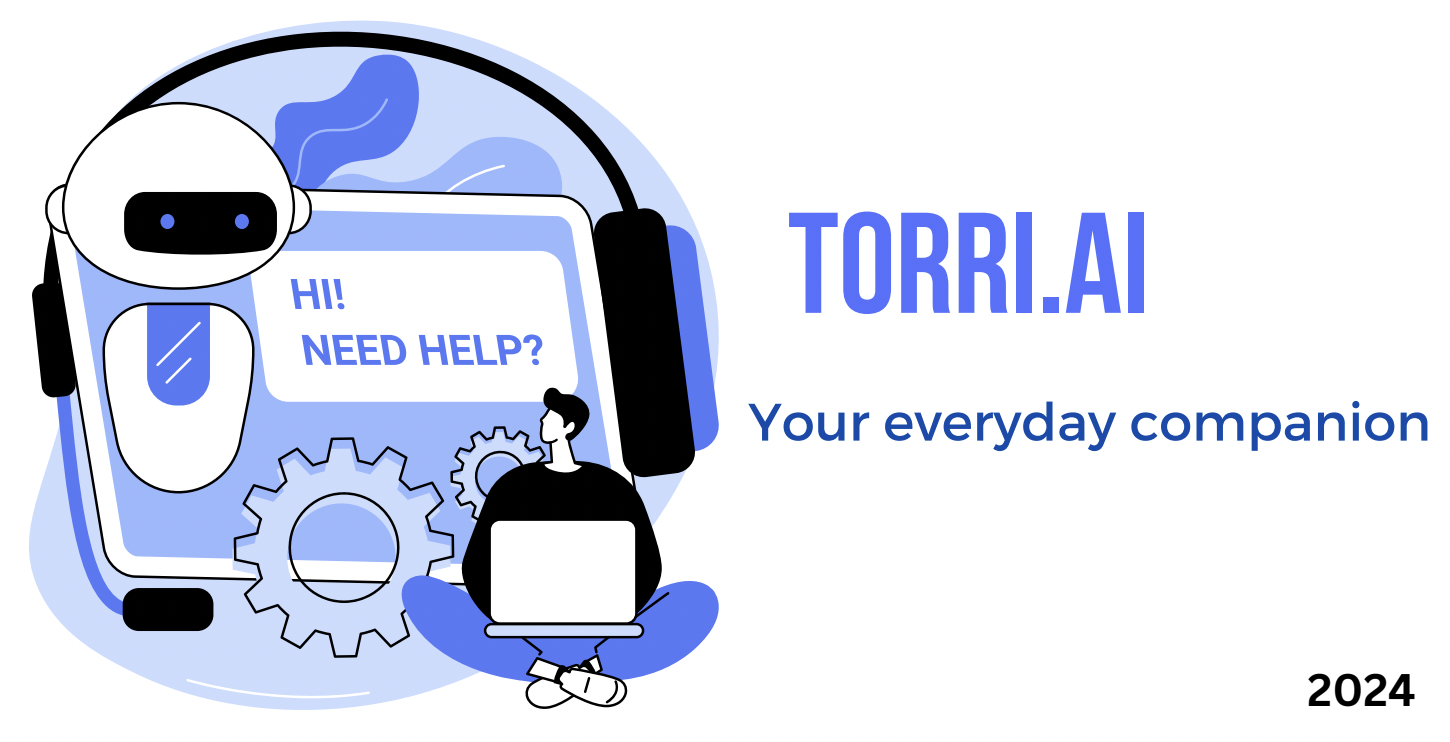
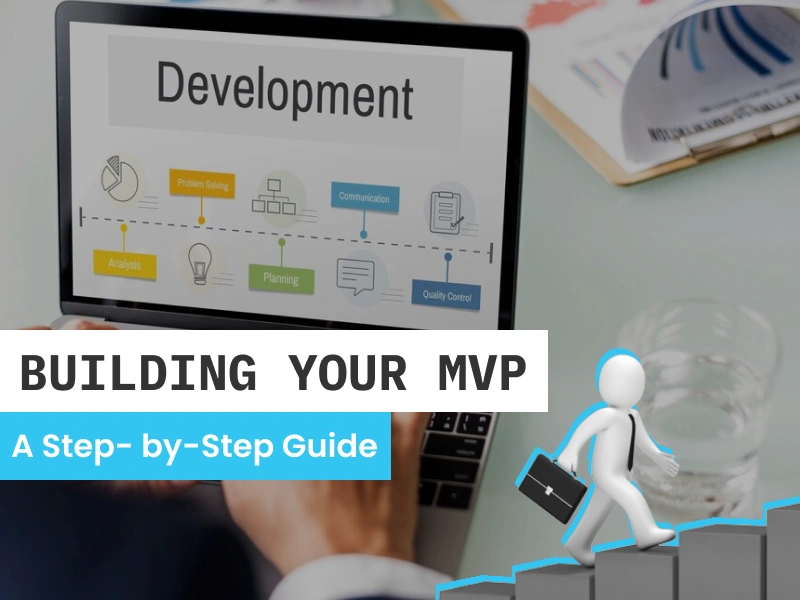

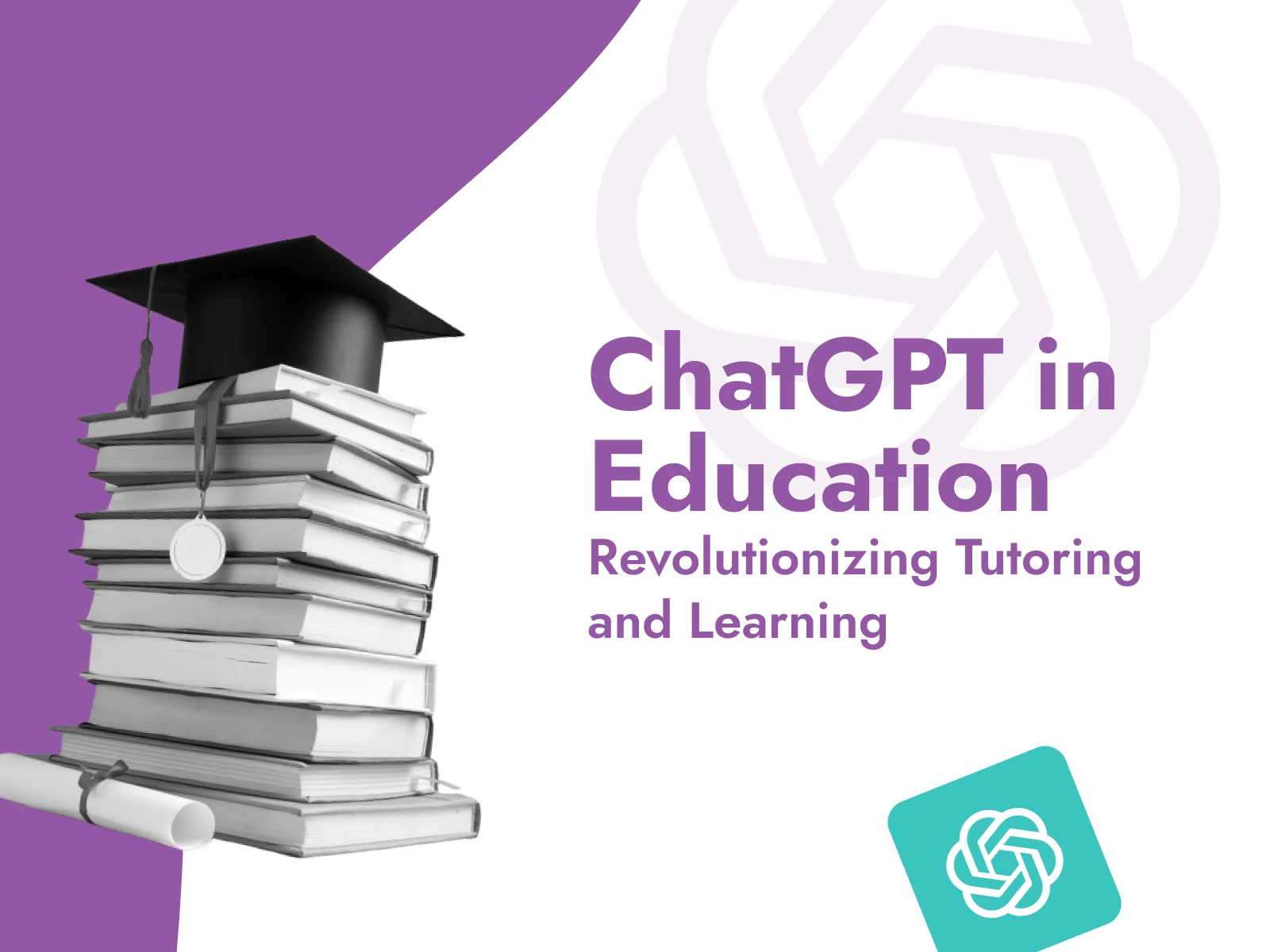



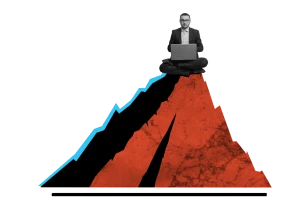


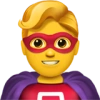

 30 mins free Consulting
30 mins free Consulting 





 Love we get from the world
Love we get from the world 